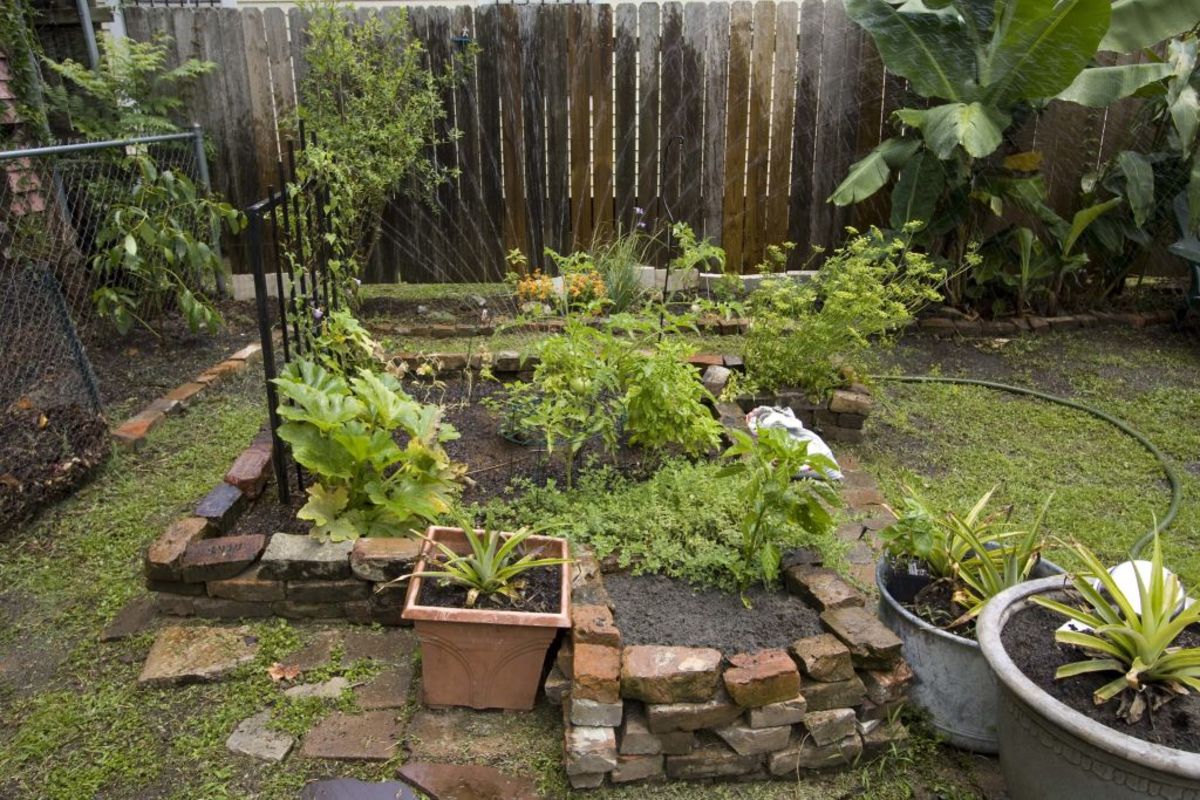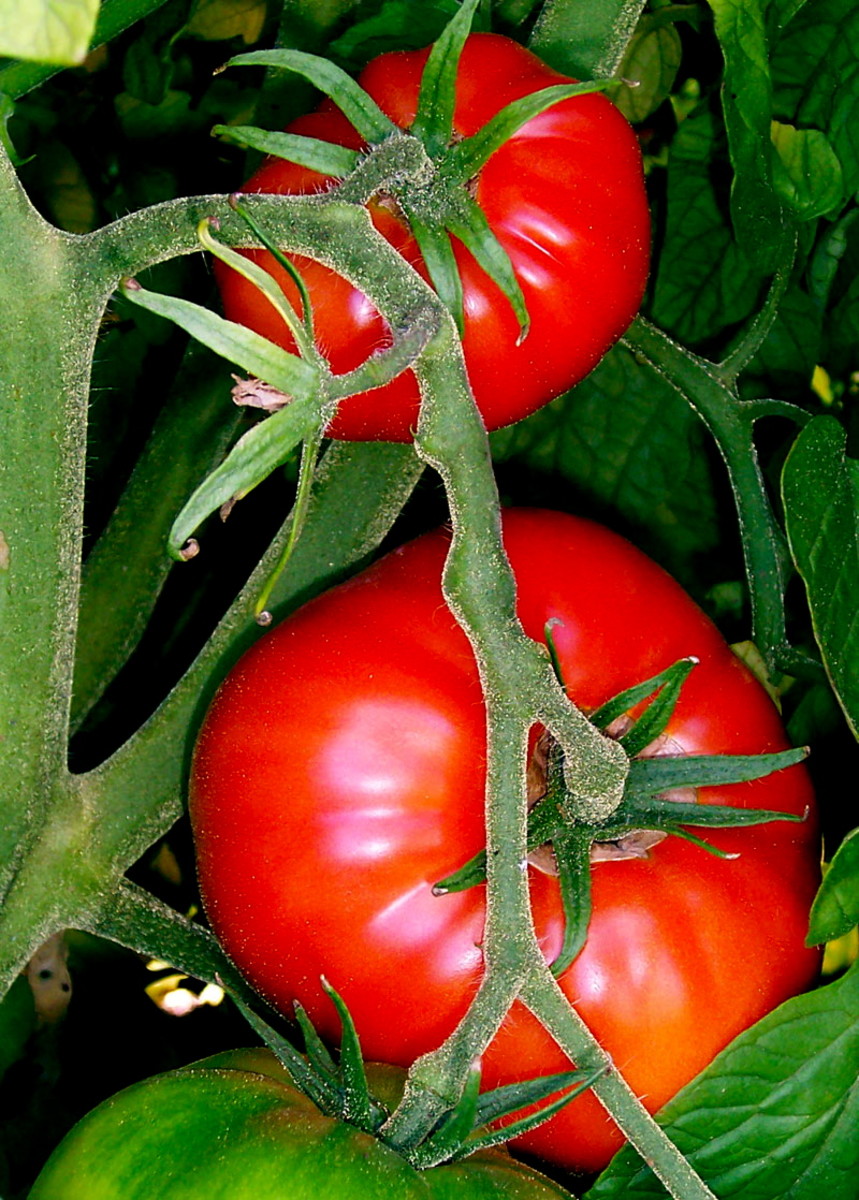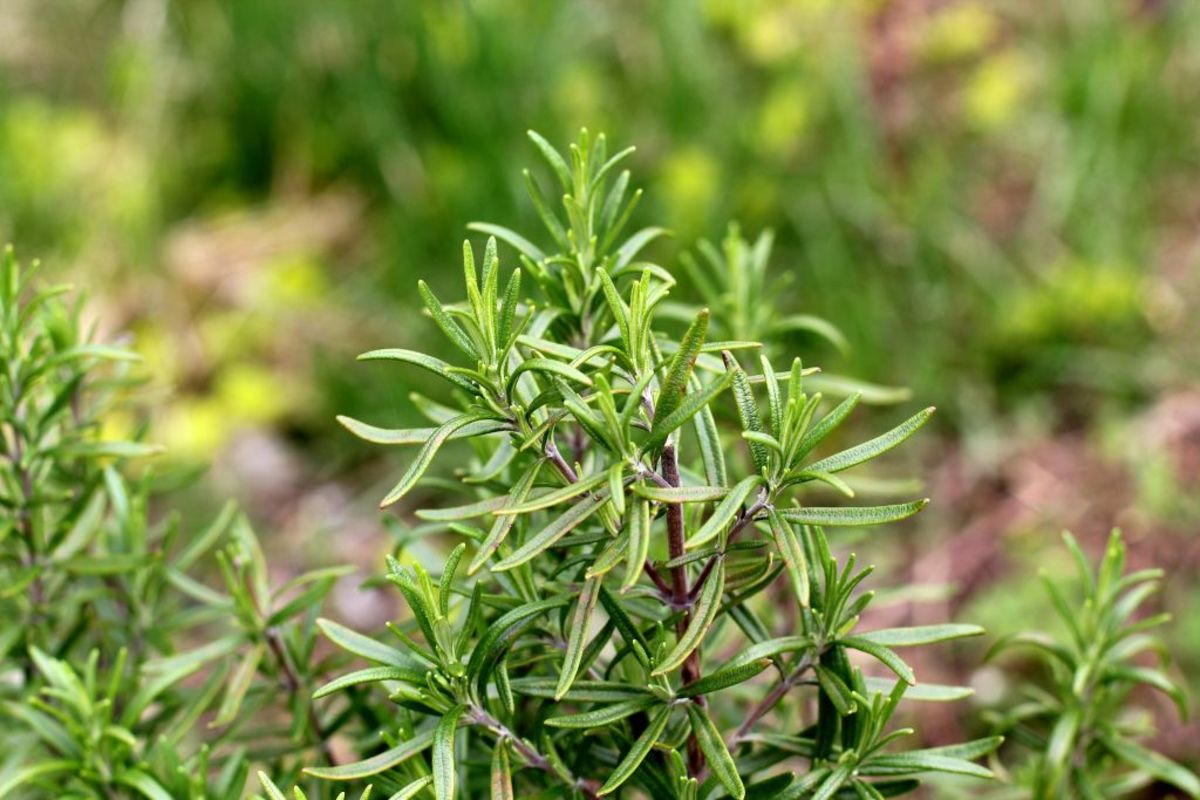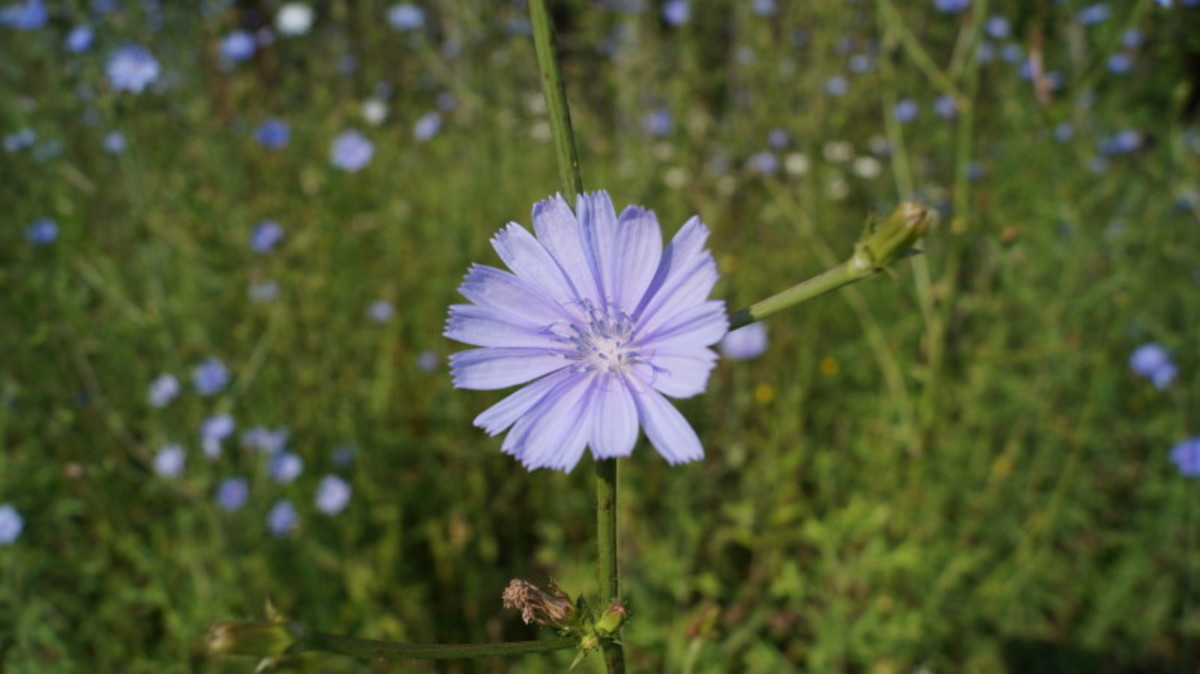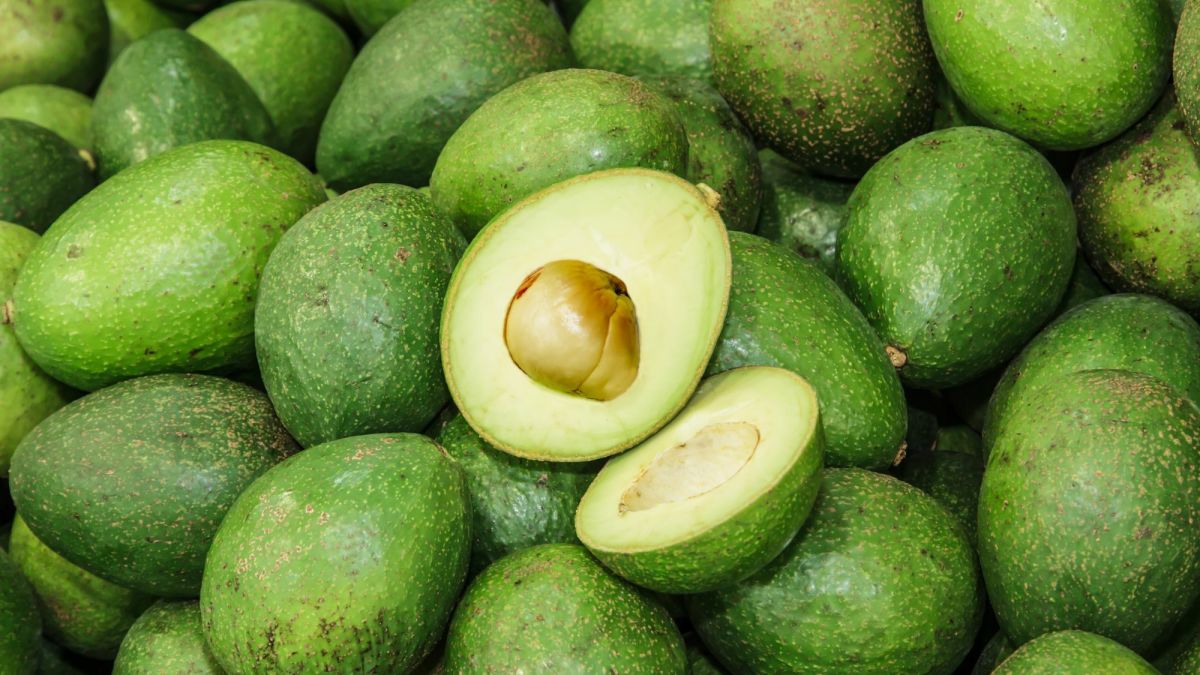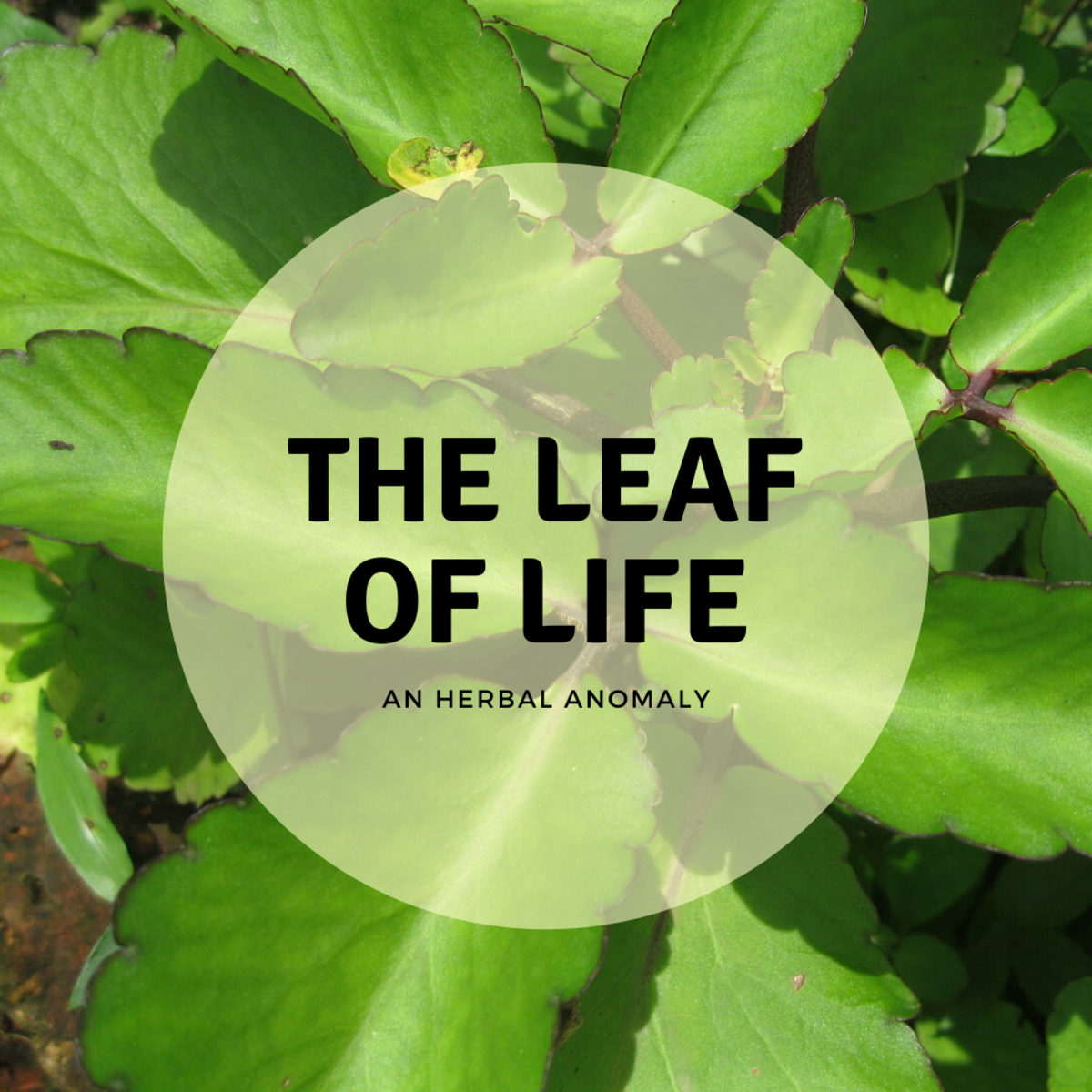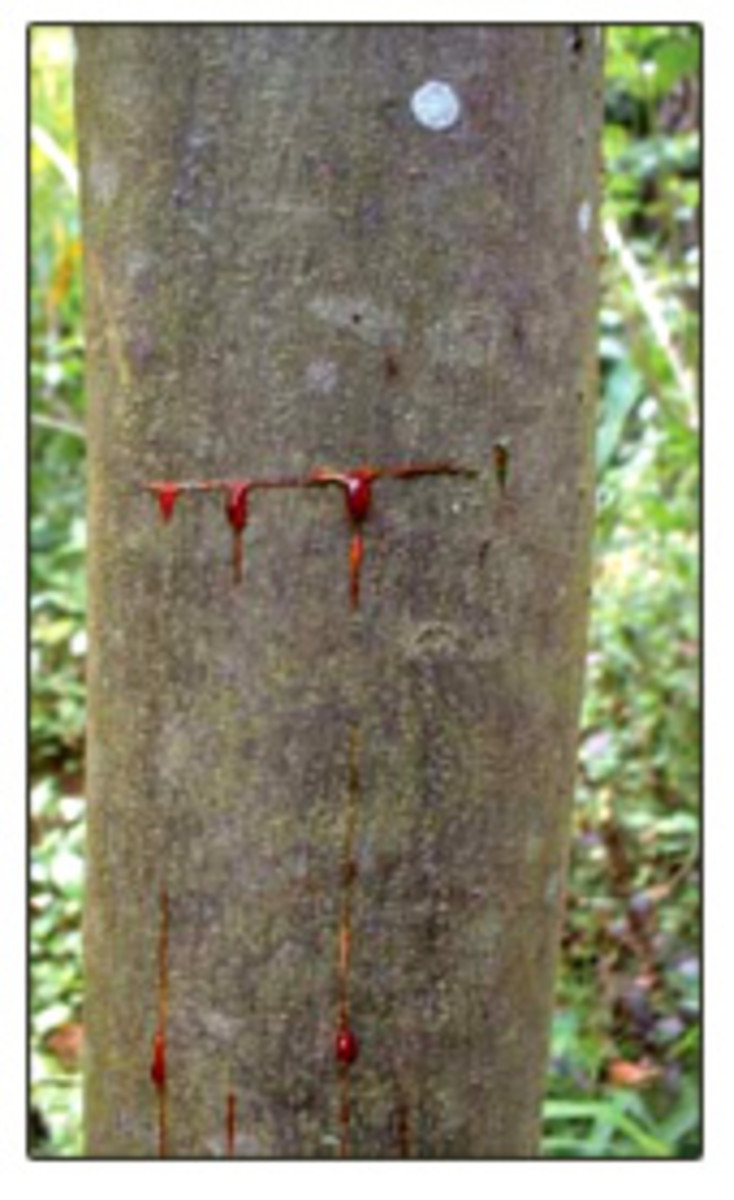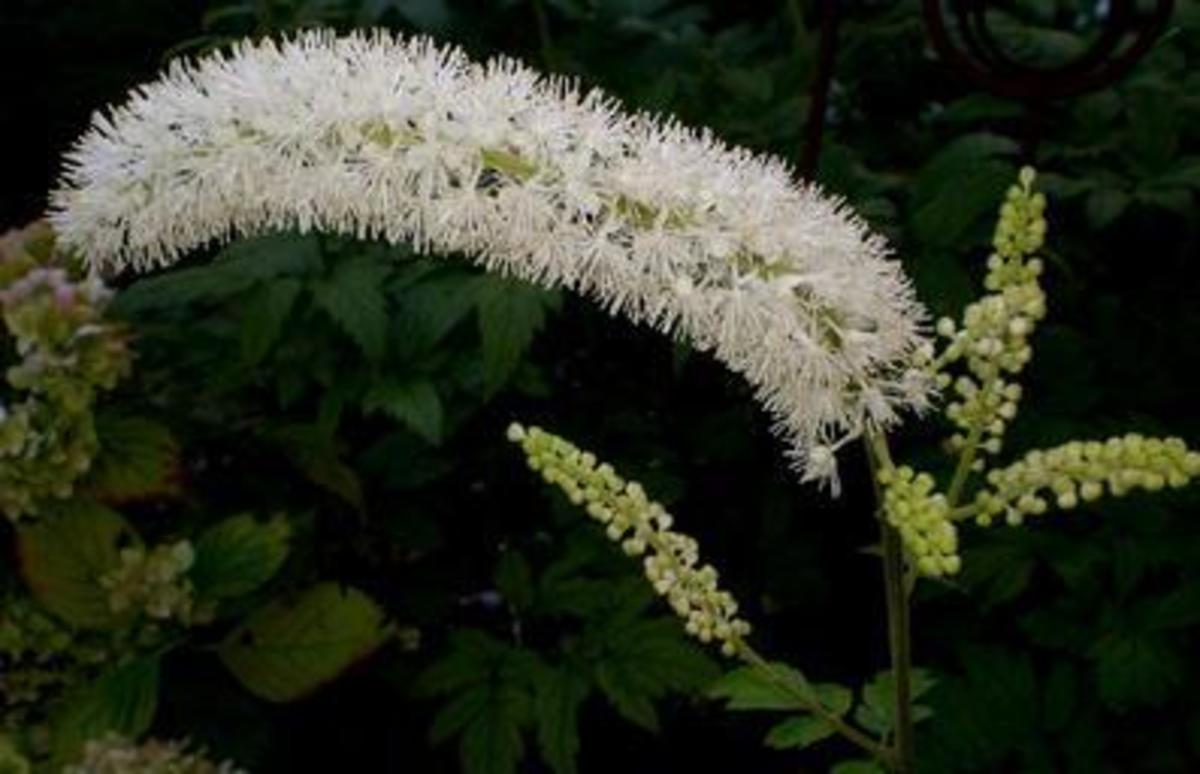Growing Your Own Herbal Remedies
Growing your own medicines can be one of the most satisfying gardening experiences you will ever have. Not only are medicinal plants beautiful to look at, but many serve culinary and medicinal purposes. The advantage to growing your own medicine cabinet is that herbs grown at home, and freshly dried herbs, while assuring you quality and purity, are also more potent. For some of us who use hard to find herbs it is one way we can keep a constant supply. Many herbs are available through good seed and plant companies available through a web search online.
If you are just starting an herb garden it is a good idea to map out a plan before beginning. Choose a few herbs that you actually use. In researching you'll find that one herb can do a variety of things, so to begin with a small variety will do. In planning be sure to consider how tall your plants will grow; their leaf spread; if they are shade, partial-shade, or full sun-loving. Look into where the plant grows naturally and be prepared to bring it inside when the seasons change if your area is different from it's native habitat. Check it's moisture requirements and if it is a self-seeding plant. If it self-seeds be sure to give a limit on it's growth space or it will take over your growing area. Many herbs will also survive in large containers and window boxes if you have limited space. Just be sure the container is deep enough to encourage root spread.
Many herbs can be grouped into the three most popular families: Compositae, Labiatae, and Umbelliferae.
Compositae: this family is also known as the daisy family. Their flower heads are made up of tiny flowers clumped together in petal-like rays. They are used for their astringent and antiseptic properties. Calendula, Feverfew, and Yarrow are all members of this family.
Labiatae: this family has strong aromatics in it. Their tiny sweet-smelling flowers attract bees. They are very soothing and used in tonics. Hyssop, mint, and thyme are examples of this family.
Umbelliferae: has small flowers in an umbrel with their stalks radiating from a central point similar to the spikes on an umbrella. Their seeds contain potent oils that assist stomach and digestive ailments. Parsley is a member of this family.
The second, or Latin name of the herb will sometimes give you an idea of it's usage.
Officinalis: means "of the shop" and was sold by apothecaries.
Sativus: tells us the plant is cultivated.
Tinctoria: indicates the plant is used as a dye.
Fragrans or Odorata: says the plant has a pleasing or sweet scent.
When your plans are made it is a good idea to make a preliminary diagram. Then it's time to get started. About 6 to 10 weeks before your last frost date is a good time to order seeds; about 4 weeks ahead for plants. Start with small amounts. Garden supply companies now sell a styrofoam start-up planter that can hold from 28 to 48 plants. Others prefer to use peat pots, and still others use small bathroom cups. Punch a hole in the bottom and fill with sterilized seed starting medium that has been moistened overnight. This is a lighter growing medium and will allow the more fragile of your seeds to negotiate, with the help of turgor pressure from the water in the soil, to the soil surface. Poke a small hole in the top of the soil and place two or three seeds into the pot. This increases the chance of germination happening in each pot, and some seeds actually require a companion seed for germination. Be sure to label each pot or row with the name of the herb and the date you started the seed.
Cover with the accompanying plastic lid if using the seed start set-up, or with saran wrap for the peat pots and bathroom cups and place in a window with morning (softer) sun. Be sure your seeds get at least 6 - 8 hours of natural daylight. Also many growers place their cups on trays that hold about a half inch of water. The plants will use a "wicking method" of self-watering as they begin to germinate and sprout by drawing water up through the hole you punched at the beginning.
Some folks put a bit of cotton cloth or flannel in the bottom of the tray to assist this wicking. By evening you'll notice tiny droplets of water on the inside of the plastic. All that is needed from this point is to keep the plastic in place and the moisture will do the rest. Add more water to the tray as is needed. If you use peat pots you will see mold form and for that reason I only use peat when I am bringing up seeds within 5 days or so.
In two to four weeks tiny plants will appear. When each plant has two sets of leaves it is time to move them to their own pots. You can either thin them out or transplant them. When transplanting be sure not to touch the roots, just gently lift under the plant with a popsicle stick and lift them onto a moist paper towel. Pull apart slowly and place in it's own pot. Place in a window with eastern and southern sunlight. Place outside a few days after your last frost date.
Your Five Medicine Garden Plants
We're going to talk about 5 medicinal plants you can begin this year. Our five choices are:
Calendula: Calendula officinalis
Echinacea: E. purpurea; E. angustifolia; E. pallida
Feverfew: Tanacetum parthenium
Meadowsweet: Filipendula ulmaria
Yarrow: Achillea millefolium
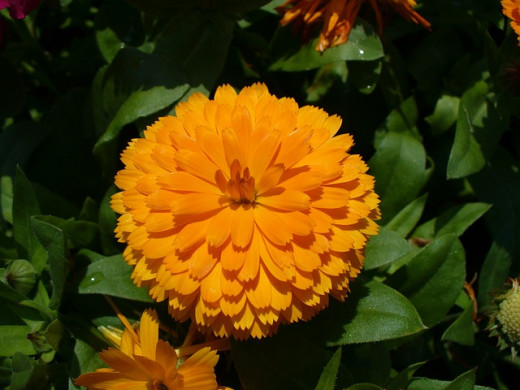
Calendula Officinalis
Compositae family
Other names: Marigold; pot marigold.
Points of interest: Associated with the sun as it opens its flowers when the sun appears and closes them at sunset.
Zones: 3-9
ID: Hardy annual herb with bright green leaves and stems that have a bit of yellow. Flowers appear in rays in shades of yellow, orange and gold.
Height: 18 - 20 inches and can bush out. It needs to be pinched back to prevent it from becoming too leggy. Deadhead for continuous flowering. It will self-seed so leave room in the bed for it to do this.
Growing: Ph 6.0 - 7.0; very easy; full sun; average, well-drained soil.
Propagation: From seed, self seeder.
Bloom time: June - September.
Harvest: Pinch off flowering tops when dry and open on cooler mornings. This helps to preserve the colour. Macerate petals in oil; or dry in baskets with a good air flow.
Medicinal Use: This is a mild herb usually safe for children and the elderly. Used in herbal baths, creames, tinctures, oils. Petals can staunch bleeding; lotion soothes bee and wasp stings; infusion from flower petals can help with conjunctivitis and other eye inflammations. Helps toothaches and ulcers.
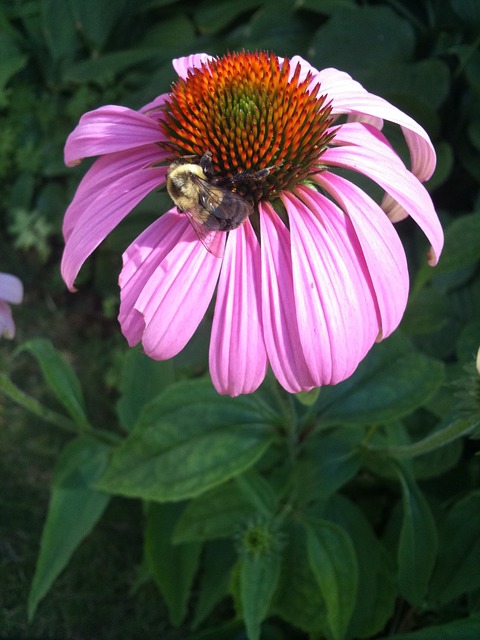
Echinacea Purpurea
Compositae family
Other names: Purple coneflower; black sampson.
Points of interest: Becoming very popular for use in medicinal treatments of immunity.
Zones: 3-9.
ID: Hardy perennial with lance-shaped, alternating leaves with toothed margins. Flowers resemble a large daisy either purple or white in colour.
Height: 1-4 feet.
Growing: Alkaline Ph; best in raised beds with a fenced in border. Small animals will eat new plants overnight. Good well-drained soil with additions of kelp, compost, and rock phosphate. Full sun; moderate moisture.
Propagation: From seed.
Bloom time: From mid-summer through first frost.
Harvesting: Collect root in late fall near last frost date on three and four year old plants; collect flowering tops on dry, cool mornings. Mascerate and place in tincture preparation.
Medicinal Use: This herb has more medicinal uses than most other herbs; treats poisonous snake and insect bites; bathes burns;lymph and blood purifier; antibiotic; immuno-stimulant; non- specific for disease.

Tanacetum Partheium
Compositae family
Other Names: Chrysanthemum, Feverfew.
Points of Interest: name is also from Latin "fetrifugia" meaning "driver out of fevers" or Feverfew.
Zones: 4-9.
ID: Hardy biennial or perennial; strong aromatic; bright green divided leaves; flowers resemble the daisy with white petals and yellow centers growing in clusters on long green stalks.
Height: 1-2 feet.
Growing: Ph 6.0 - 6.7; on walls or in raised beds; good well-drained soil with compost. Pinch back to allow plant to bush out; full sun; partial shade; good moisture. Do not place near plants that require pollination as it repels bees.
Propagation: From seed, self seeder.
Bloom Time: July through first frost.
Feverfew that has been picked and chopped. The other basket contains the blossoms.
Harvesting: Leaves and flowering tops anytime.
Medicinal Uses: Fresh, bruised leaf in poultices helps swelling and insect bites; strong infusion in bath helps aches and pains; tinctures reduces fevers quickly; fresh leaf in salads each day can prevent migraines; tincture can lessen frequency and duration of migraines.
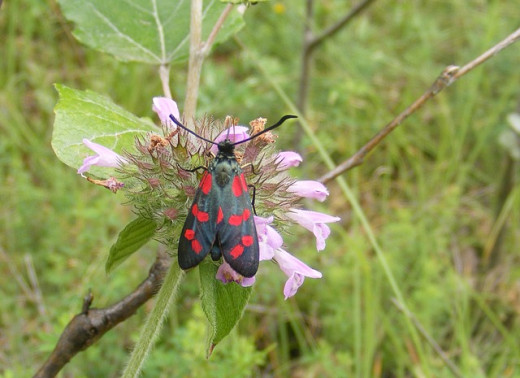
Filipendula Ulmaria
Rosaceae family
Other Names: Meadwort; queen of the meadow.
Points of Interest: contains salicylic acid which is an ingredient in aspirin
Zones: 2-8
ID: Likes to grow in damp woods and prefers to grow in colonies. Stiff reddish colored stems with dark green, toothed leaves resembling ferns. Lovely creamy flowers grow high above the leaves in tight clusters from midsummer on. Plant has a beautiful scent classified as almond, cinnamon, or honey.
Height: 1-3 feet
Growing: Ph 6.0 - 6.7; in raised beds with room to bush out; soil should be well composted; full sun; can tolerate some shade.
Propagation: Seed and root division in spring or fall.
Bloom Time: Mid-late summer.
Harvest: Leaves, flowers, root mid-to-late summer and fall.
Medicinal Uses: All parts are astringent; infusion of leaves corrects diarrhea; tea and tincture treats fevers and flu; rheumatism and gout; headaches and pain; helps with nerves and promotes sleep when there is pain; flower tea enhances complexion; strewing herb used dried in houses.
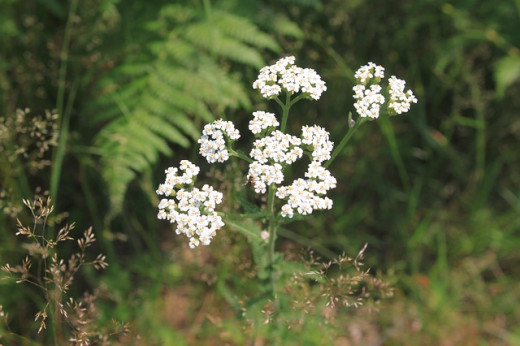
Achillea Millefolium
Compositae family
Other names: Soldiers woundwort; milfoil, yarrow.
Points of interest: Considered sacred; possibly names after Achilles who used it to stop the flow of blood for his troops in battle.
Zones: 2-9.
ID: Lovely feather-like perennial with light to medium green leaves covered with wooly hairs; leaves are alternate and divided into tiny segments. Flowers branch up above plant on tall stems in tiny clusters of white and pink.
Height: 1-2 feet.
Growing: Ph 6.0-6.7; well drained fairly rich soil; full sun to light shade. Should be moved every year or so because they exude a substance in the soil that prevents them from flourishing year after year. This substance can actually help other plants though. Repels flies, beetles, and ants; attracts wasps and ladybugs.
Propagation: Seed; divide every other year in spring or fall.
Bloom time: June-September.
Harvest: Leaves and flowers in late summer and fall.
Medicinal Uses: Astringent; in skin lotions for cleansing; planted near building foundations it repels termites; fresh leaves stop bleeding; dried or powdered on wounds and cuts helps stop bleeding; tea from leaves, stems, and flowers help rashes, ulcers, and hemorrhoids.
So, Now You've Got Your Plants!
If you choose to start these 5 wonderful medicinals you will have a great beginning to an herbal medicine chest which you can begin to use at home and in the garden. You will begin to recognize them in other gardens and in the wild. Nature is extraordinary in her gifts to us and it is our responsibility to use these gifts wisely and with compassion, both for mother earth and our fellow man.

